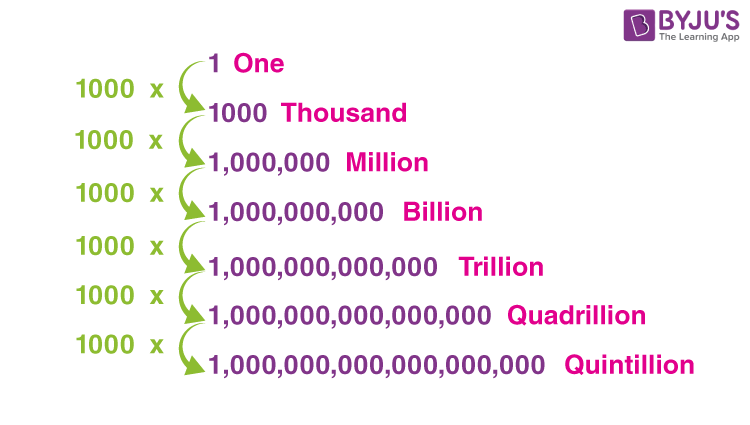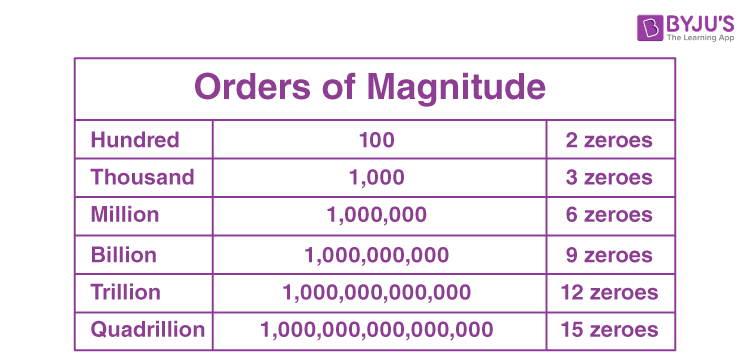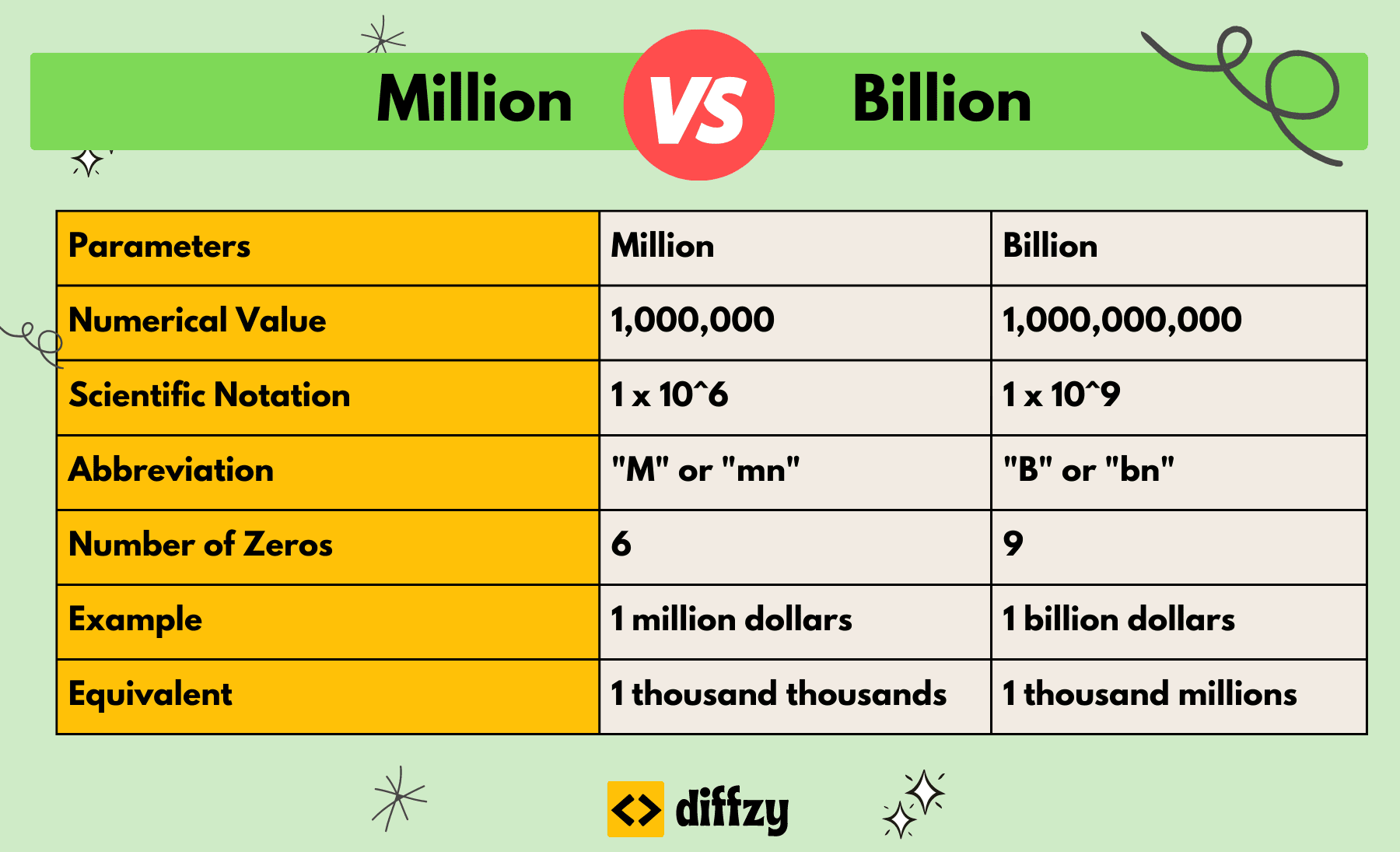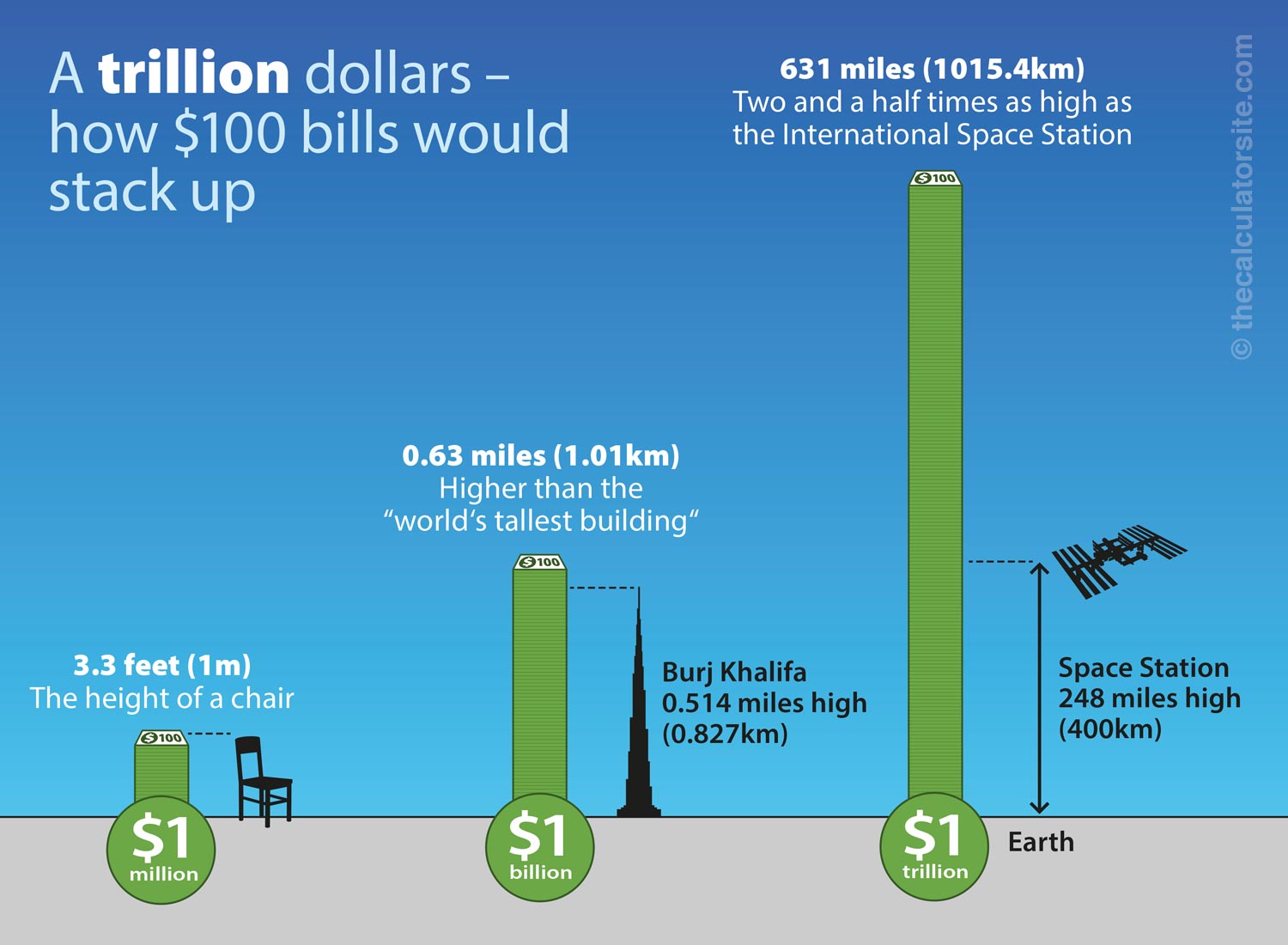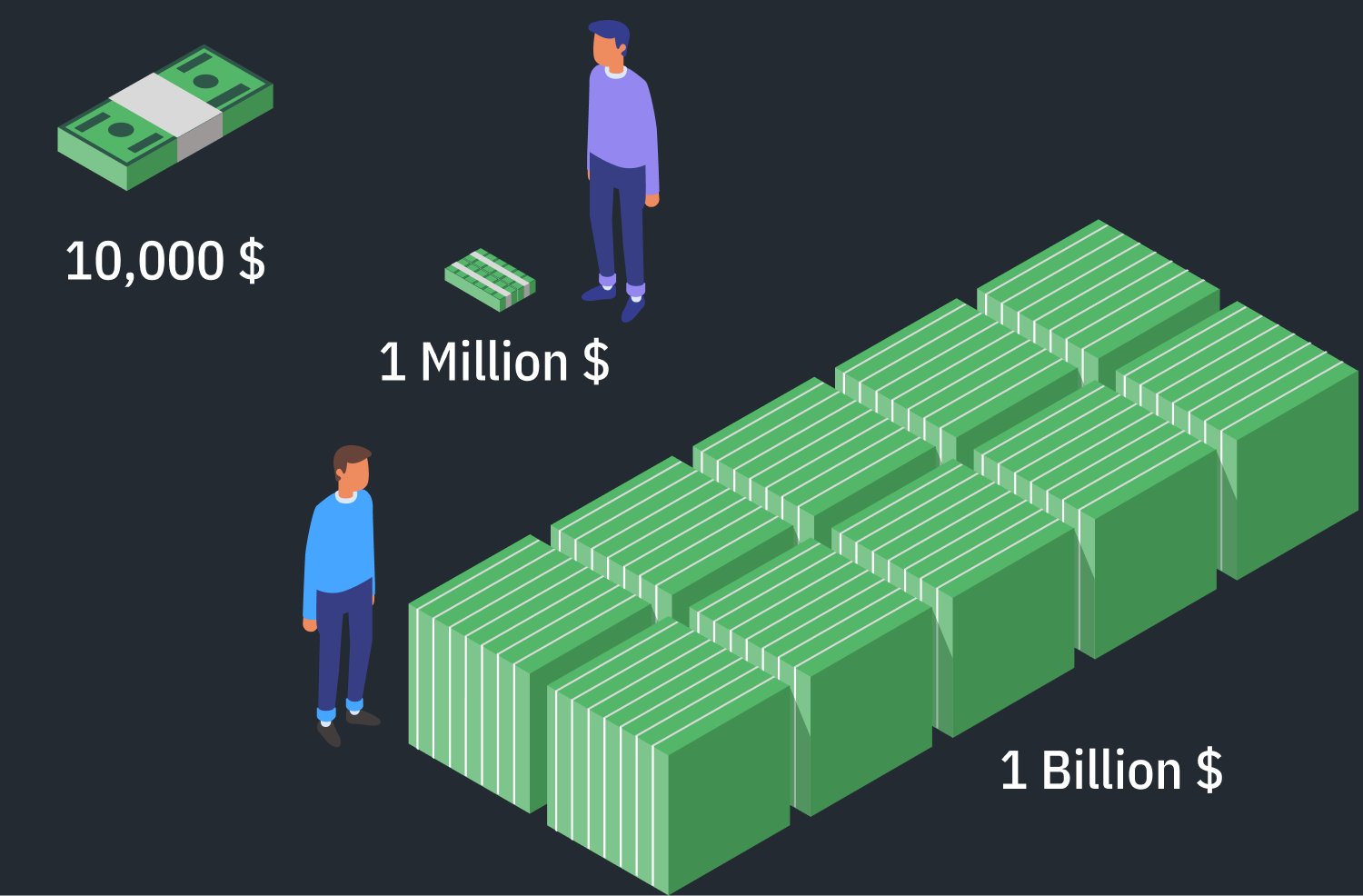10 Billion Divided By 200 Billion

A seismic shift is rippling through the global philanthropic landscape. The core of this disruption lies in a seemingly simple calculation: 10 billion divided by 200 billion.
This ratio, representing a pledge of $10 billion against a declared wealth of $200 billion, has sparked intense debate about the effectiveness of billionaire philanthropy and the responsibility of the ultra-rich to address pressing societal issues.
The implications are far-reaching, questioning not only the magnitude of donations but also the methods, the impact, and the underlying motivations behind these massive acts of giving.
The Math and the Message
At its heart, the controversy stems from a discrepancy between public perception and the reality of philanthropic giving.
While $10 billion is an undeniably significant sum, its representation as a fraction of a larger fortune raises fundamental questions about proportional contribution.
This "10/200" ratio, as it's become known, highlights a critical point: absolute numbers don't always tell the full story.
The Perspective of the Donors
Proponents of billionaire philanthropy argue that any contribution, regardless of its proportion, is valuable and should be celebrated, not scrutinized.
They emphasize the agency of donors to allocate their wealth as they see fit, respecting their autonomy in choosing causes and approaches.
Many philanthropists establish foundations with specific missions and long-term strategies, requiring careful planning and execution, rather than simply disbursing funds quickly.
“Philanthropy is a complex endeavor,” says Dr. Anya Sharma, a leading expert in non-profit management. “It's not just about writing a check. It’s about creating sustainable impact, which often requires time, resources, and expertise.”
Furthermore, some argue that focusing solely on the percentage of wealth given overlooks the potential for future investments and philanthropic endeavors.
Donors may be strategically deploying their resources to maximize long-term impact, rather than rushing to give away a large sum all at once.
The Critics' Counterpoint
Critics contend that the "10/200" ratio underscores a systemic inequality in charitable giving.
They argue that while a $10 billion donation is laudable, it represents only 5% of the donor's total wealth, a significantly smaller percentage than what many middle-class individuals donate annually.
This raises questions about whether the ultra-rich are truly contributing their fair share to address societal challenges, particularly given the immense wealth they have accumulated.
Concerns are also raised about the influence that large philanthropic donations can exert on public policy and social agendas.
Critics argue that these donations can disproportionately shape priorities, potentially overshadowing the needs of marginalized communities and grassroots organizations.
Data and Transparency
Assessing the true impact of philanthropic giving requires access to comprehensive data and increased transparency.
Organizations like Giving USA and the National Philanthropic Trust provide valuable insights into trends in charitable giving, but detailed information about individual donations and their impact remains limited.
Calls for greater transparency are growing, with advocates pushing for more standardized reporting and disclosure requirements for philanthropic organizations.
This would allow for a more accurate assessment of the effectiveness of philanthropic giving and ensure accountability in the use of donated funds.
Beyond the Numbers: Impact and Accountability
The debate extends beyond the mathematical calculation to encompass the very nature of philanthropic impact.
Are these massive donations truly addressing the root causes of societal problems, or are they simply providing temporary relief?
Critics argue that true philanthropy should focus on systemic change, addressing the underlying inequalities that perpetuate poverty, disease, and other social ills.
Accountability is another key concern.
How are philanthropic organizations being held accountable for the use of donated funds?
Are they effectively measuring the impact of their programs and ensuring that resources are being used efficiently and effectively?
There's a growing emphasis on evidence-based philanthropy, which involves using data and rigorous evaluation methods to assess the impact of philanthropic interventions.
This approach aims to ensure that donations are being used in the most effective way possible, maximizing their positive impact on society.
The Future of Philanthropy
The "10/200" debate signals a turning point in the way we view and evaluate philanthropic giving.
It's a call for greater transparency, accountability, and a more critical examination of the impact of philanthropic interventions.
As wealth inequality continues to grow, the responsibility of the ultra-rich to address societal challenges will only become more pressing.
The future of philanthropy hinges on a willingness to engage in open and honest dialogue about the effectiveness of current approaches and to explore new and innovative ways to create lasting positive change.
This includes fostering collaboration between philanthropists, governments, and civil society organizations to address complex challenges more effectively.
Ultimately, the goal is to create a more equitable and sustainable future for all, a future where philanthropic giving is not just about writing checks, but about driving meaningful and lasting change.
